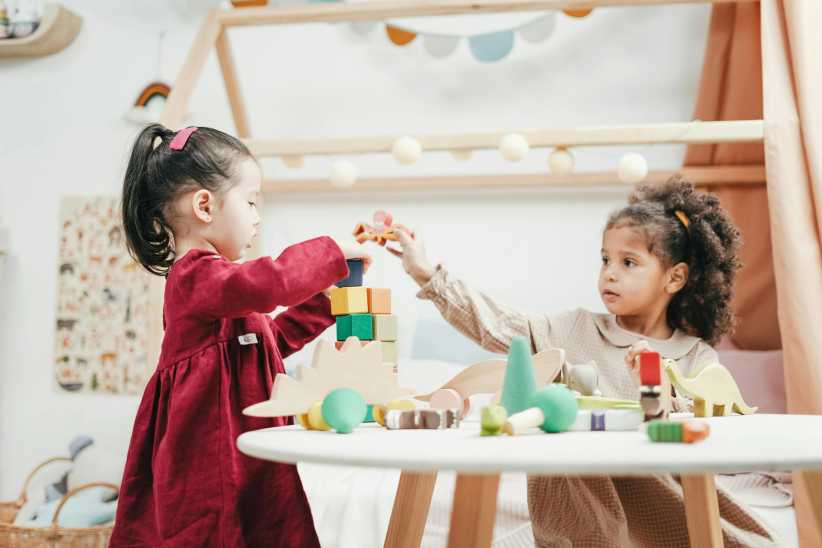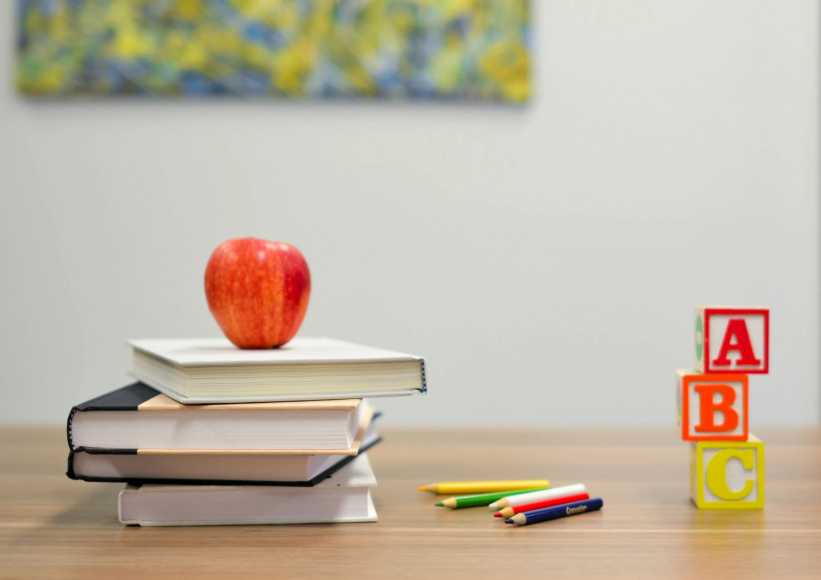 Do you know your child’s preferred learning style? Does your daughter tend to memorize information after simply reading it? Does your son enjoy building detailed LEGO kits? These behaviors are often indicators of learning preferences. It is important to identify a child’s learning style in order to ensure the best chance for academic success.
Do you know your child’s preferred learning style? Does your daughter tend to memorize information after simply reading it? Does your son enjoy building detailed LEGO kits? These behaviors are often indicators of learning preferences. It is important to identify a child’s learning style in order to ensure the best chance for academic success.
The seven main learning styles are as follows: visual, auditory, tactile, kinesthetic, logical, social, and solitary. Visual and auditory learners have an advantage, as traditional classroom instruction is catered more towards them. Visual learners do well by reading, viewing lists, charts, images, reading their teachers’ facial expressions, diagrams, etc. Auditory learners benefit form verbal instruction, talking through problems, and using rhythm and music as memory aids.
Tactile and kinesthetic learners may have had a more difficult time in classrooms years ago, but teachers today are fortunately much more willing to allow children to move about the room to engage in the lesson. Kinesthetic learners need to move their bodies as they learn, and tactile learners like to use their hands to comprehend the material. Both of these preferences are conducive to building 2D or 3D models with clay, play dough, or building materials such as LEGOs. Kinesthetic learners might like to learn about the human body, for example, by jumping, running, stretching, and discussing which parts of the body are allowing them to do such things. Both tactile and kinesthetic learners might enjoy doing their writing assignments on large marker boards or butcher paper, so they are not confined to a desk and can immerse themselves more into the project. Also, a kinesthetic learner is more likely to memorize facts while playing catch, jumping rope, or clapping. Children in both of these categories would learn better though a hands-on science experiment rather than simply reading about a concept via text.
Another type of learning preference is logical. The logical learner enjoys mathematics, proving equations, and using reasoning and systems. This student will do well to write out lists of goals or steps to figure something out. He is likely to use the scientific method approach solve a problem, and he may become frustrated if he doesn’t know why something is the way it is. Quite often, logical learners excel with technology, providing them an advantage in more modern classrooms.
[gravityform id=”13″ title=”false” description=”false” ajax=”true”]
The last two categories of learning preferences are social and solitary. Social students thrive by working in groups, while those who prefer solitary learning may not. These students will do better with self-paced learning and individualized study plans. It is important to find a niche of interest for a solitary learner and base lessons around that. For example, if you have a child obsessed with airplanes you can use this to teach about gravity, weather, physics, and movement. Fortunately for students who prefer to learn independently, there is a new community of online learning where these solitary learners can feel comfortable and succeed.
So now that you know the basic learning styles, chances are you see your child in one or more category. A good age to begin identifying your child’s learning style is around 6-7, as by this point, his/her preferences are likely established. Once you and your child’s teacher know your child’s learning preference(s), it is recommended that he/she be taught using a variety of methods, and not just appeal to the identified style. While it is important to teach the most difficult lessons using that preference, it is also necessary to reinforce lessons using multiple other styles. To truly ensure the best chance of success, teachers need to provide learning tools to enhance and improve abilities in areas where students are weaker. An auditory learner should be taught using a kinesthetic lesson plan, but the teacher should aid that student in working through a lesson such as this, as it is not conducive to his natural abilities.
Quiz: What type of learner is your child?
Your child was assigned a report on a wild animal. She asked to visit the zoo to see and touch stingrays in their natural habitat. Your child is most likely:
- Tactile learner
- Social learner
- Kinesthetic learner
- Auditory learner
Your daughter was told to create a project showing the water cycle. Which of the following would indicate that she is a logical learner?
- She immediately jumped on the computer to research water cycles after school
- She created a step-by-step detailed diagram of the water cycle, complete with a color-coded key
- She created a rain measurement tool and is leaving cups of water around the house to observe water evaporate
- All of the above
Your son’s foreign language teacher tells you that he most enjoys listening to translation activities via headphones and computer during class. Your son would be best described as a:
- Social, visual learner
- Tactile, kinesthetic learner
- Auditory, solitary learner
- Logical, social learner
Which of the following is a helpful lesson for a teaching math to a kinesthetic learner?
- Having him measure how far he kicked the soccer ball to determine the length of the field
- Having him draw a soccer field and describe its measurements
- Watching the teacher draw the measurements on the white board
- Working in groups to draw a soccer field to scale on paper
Your child can be identified as a visual, social learner. She was assigned a group project on the Civil War. What might be a good role for her within the group?
- Creating a 3-D battle field
- Re-enacting a battle scene for the class
- Writing out a detailed synopsis of why the war occurred
- Researching little-know facts about the Civil War and reporting her findings back to the group
Editor’s note: This piece originally appeared in KC Parent Magazine.
Karen Johnson is a former English teacher turned work-at-home mom-of-3. She writes about all things parenthood as well as social justice issues at the21stcenturysahm.com. She is also the assistant editor at Sammiches & Psych Meds.




















